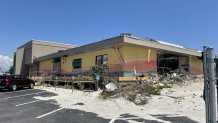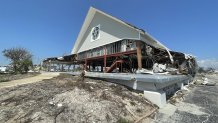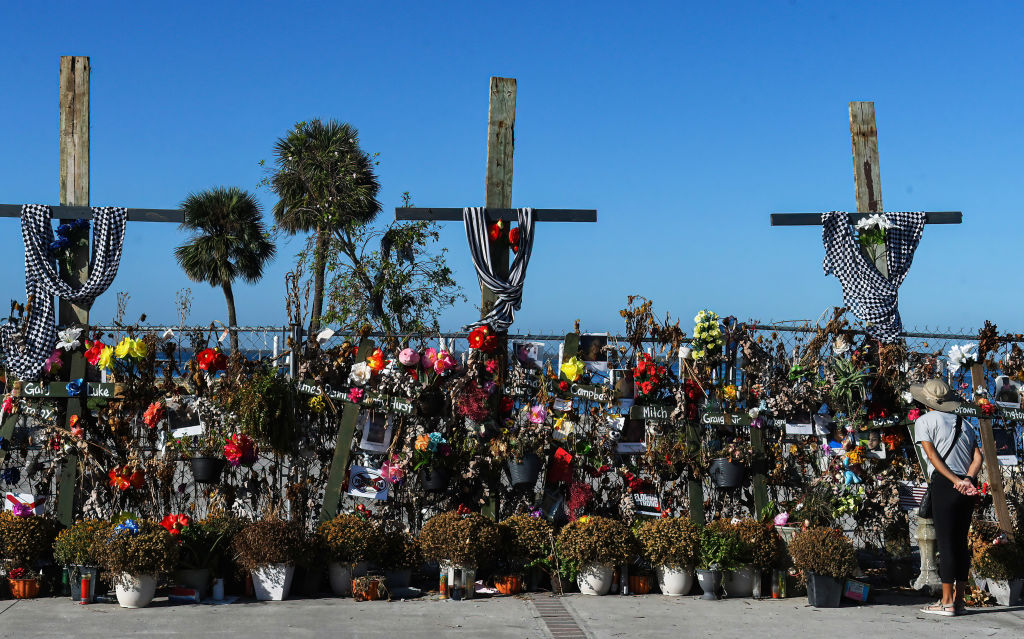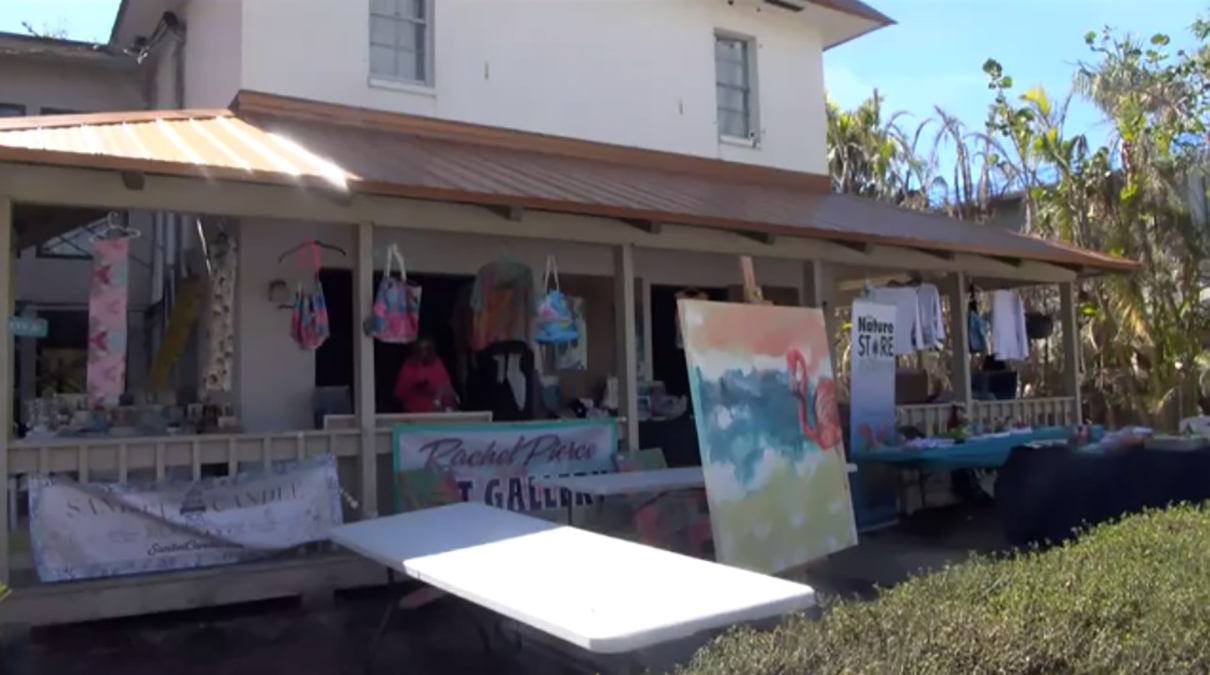Six months after Hurricane Ian slammed into southwest Florida, hope is seen through the rebuilding of homes and businesses, even the return of tourism.
Still, it’ll be years before a true sense of normalcy returns to the hard-hit areas of Fort Myers Beach and Sanibel.
FEMA has distributed more than $7 billion in federal disaster assistance to storm victims. Still, residents are fighting with their insurance companies to pay out claims, to start rebuilding.
That’s what Bonita Springs resident Richard Gilbert is waiting for, estimating it’ll take another two years to rebuild his home. For now, he resides in a trailer provided by the state. A sign in front of his trailer reads “Almost Home.”
Get South Florida local news, weather forecasts and entertainment stories to your inbox. Sign up for NBC South Florida newsletters.
“Almost home… I’ll be back, better than ever,” Gilbert said. “People are frustrated because they can’t get what they want when they want it. But I’m not that empowered. I’m happy for what I get when I get it.”
Of his community of 39 residents, Gilbert said only three have returned. He knows of at least two residents who sold their properties.
Gilbert plans to stay. He is happy with the progress seen in just six months.
Thirty miles to the northwest, Sanibel Island, which took a direct hit by Hurricane Ian, is also showing signs of new life just six months after the storm washed away parts of the iconic Sanibel Causeway.
The causeway reopened in October 2022, after FDOT made temporary repairs to the bridge so that hurricane recovery crews and residents could access the island easier.
Still, with few housing options, it’s difficult for businesses to find committed workers. At Mudbugs Restaurant in Sanibel, General Manager Ron Rich said most of his employees are commuting from Fort Myers or Coral Springs, more than 20 miles away.
Meanwhile, his restaurant is operating at just 50% compared to business before Hurricane Ian.
“It’s going to be tough but we’re going to have to make it work,” Rich said. “Once May hits, I’m nervous to see what happens.”

Fort Myers Beach saw a storm surge of up to 15 feet of water and wind gusts nearing 150 mph when Ian made landfall. Six months later, Vice Mayor Jim Atterholt believes just more than a third of the year-round population has returned to the area.
Still, he’s pleased with the spring break crowds that have chosen to return amid gutted churches and homes that are being demolished.
“We have hotels open, restaurants are open; the Margaritaville development will open at end of year,” Atterholt said.
But like other residents and officials in the area, he said insurance companies are stalling recovery efforts to get these buildings rebuilt sooner.
“Our challenge is getting our insurance claims paid. We need the state regulators to come in hard and put pressure on these insurance companies,” Atterholt said. “There are certain companies that are particularly unethical and really slowing down our recovery efforts.”

In downtown Fort Myers, most businesses reopened their doors in the months following Hurricane Ian, after 12 feet of water filled the streets. Mayor Kevin Anderson said half a dozen are still remodeling and making repairs. Roughly 300 homes were deemed uninhabitable in the city of Fort Myers. Anderson said 50 had to be demolished.
Despite the damage, he says property values are actually on the rise.
“There’s people lining up for those spaces,” Anderson said.
Across 19 counties, medical examiners have reported 149 storm-related deaths.
Hurricane Ian is considered to be one of the costliest storms in history, behind Katrina and Harvey.



